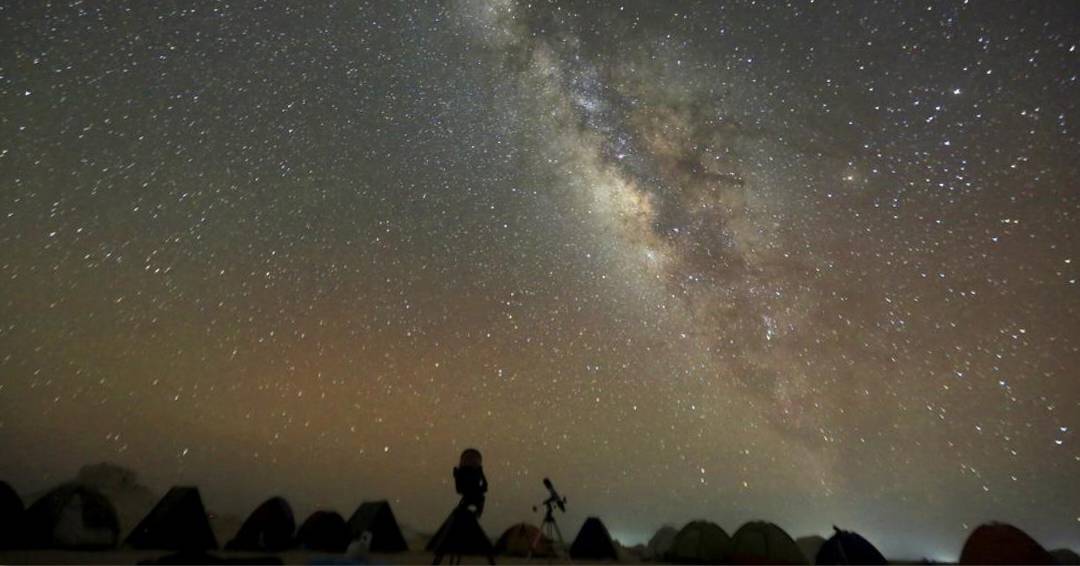
The stars appear darker as the night sky gets brighter each year.
The night sky is becoming nearly 10% brighter annually thanks to artificial illumination, recent study that examined data from more than 50,000 amateur astronomers.
That represents a significantly higher pace of change than what researchers had previously predicted using satellite data. Data from 2011 through 2022 are included in the study, which was published in the journal Science on Thursday.
According to Fabio Falchi, a physicist from the University of Santiago de Compostela who was not involved in the study, ‘We are losing the ability to view the stars year by year.’
‘You are in a very dark area if you can still make out the faintest stars. However, if you can only see the brightest ones, the environment is excessively light-polluted’ explained he.
‘Skyglow,’ or ‘artificial twilight,’ as the study authors refer to it, intensifies as cities grow and add more lights. One of the study’s co-authors and a physicist at the German Research Centre for Geosciences in Potsdam, Christopher Kyba, said the 10% annual variation ‘is a lot higher than I imagined — something you’ll see clearly within a lifetime.’
A kid is born when 250 stars are visible on a clear night, according to an example given by Kyba and his associates. Only 100 stars are still visible when that child reaches the age of 18 years.
Kyba stated,’ This is actual pollution, impacting people and wildlife. I hope authorities will do more to reduce light pollution. In some places, there are restrictions.’
Similar methods were used to gather study data from amateur astronomers participating in the charity Globe at Night project. Volunteers search for the constellation Orion, keeping in mind the three stars that make up his belt, and compare what they see in the night sky to a succession of charts that display an expanding number of nearby stars.
The brightness of the sky was previously believed to grow by around 2% annually in studies of artificial lighting that made use of photographs taken at night by satellites observing the Earth.
However, the light emitted by energy-efficient LED bulbs as well as other light with wavelengths approaching the blue end of the spectrum cannot be detected by the satellites in use.
The researchers found that LED lights have been used in more than half of the recent outdoor lighting installations in the US.
According to Kyba, the satellites are also more effective at detecting light that spreads upward, like a spotlight, than light that spreads horizontally, like the glow of a billboard that has been lit at night.
Georgetown biologist Emily Williams, who was not involved in the study, skyglow interferes with both human circadian rhythms and those of other living things.
She explained that migratory songbirds typically utilise starlight to determine their whereabouts in the night sky. Additionally, young sea turtles utilise light to help them find their way toward the ocean after they hatch, therefore light pollution is very important to them.
A common human experience is one of the things that is being lost, according to physicist Falchi of the University of Santiago de Compostela.
‘The night sky has been a source of inspiration for art, science, and literature for all the centuries before ours,’ he remarked.

Post Your Comments